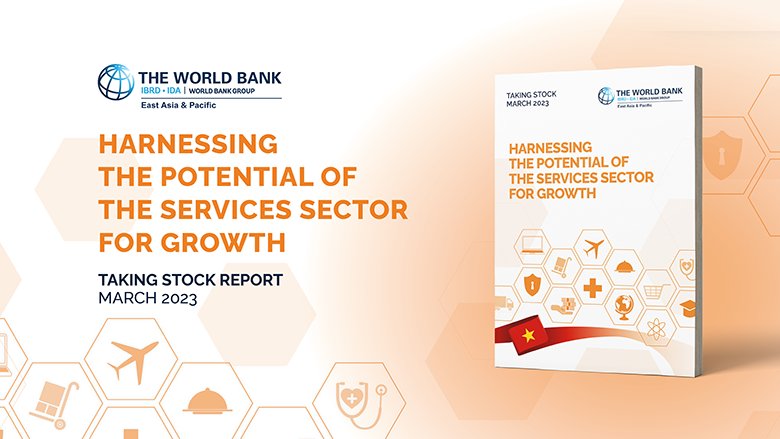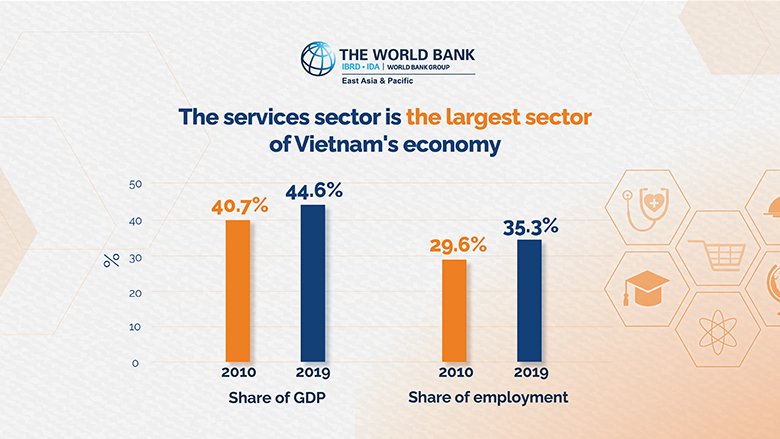DOWNLOAD THE REPORT
English | Vietnamese
Part I. Recent Economic Developments and Prospects
Vietnam's economy experienced a strong rebound in 2022, with growth reaching 8.0 percent, exceeding its average rates of 7.1 percent from 2016 to 2019. This growth was partly due to a low base effect, driven by a rebound in domestic private consumption following COVID-19 and solid performance in export-oriented manufacturing. However, the public sector's contribution to growth was limited due to weak execution of public investment programs. While employment recovered to pre-COVID-19 levels in 2022, weaker global demand led to slowing orders and exports in Q4-2022, and to renewed labor market pressures. Consumer Price Index (CPI) inflation averaged 3.1 percent. Vietnam’s financial sector experienced increased pressure in 2022 while fiscal balances are estimated to register a surplus.
Reflecting domestic and external headwinds, GDP growth is expected to slow to 6.3 percent in 2023. The services-sector growth will moderate as low base-effects from post-COVID-19 fade. The main driver of growth will be domestic demand, which may be affected by higher estimated inflation (4.5 percent average) in 2023. Given softer external demand, contribution of net exports will weigh on growth. The economy is expected to benefit from the partial implementation of the capital investment of the 2022-2023 Economic Support Program. An agile monetary policy—closely coordinated with fiscal policy objectives—would help keep domestic inflation under control.
Risks to the outlook are broadly balanced. On the downside, weaker than expected growth in Vietnam’s major export markets – the US, China, and the eurozone- could affect export prospects. Potentially higher inflation could affect domestic demand. Further tightening of global financial conditions could affect Vietnam’s financial sector, which suffers from weaknesses in the balance sheets in the corporate, banking and household sectors, affecting domestic investor and consumer sentiment, and from incomplete reforms. Implementation challenges could also hamper the execution of the planned public investment program. On the upside, improved growth prospects in China, the US, or EU and stronger than expected global demand could lift exports and hence growth above the baseline projection.



